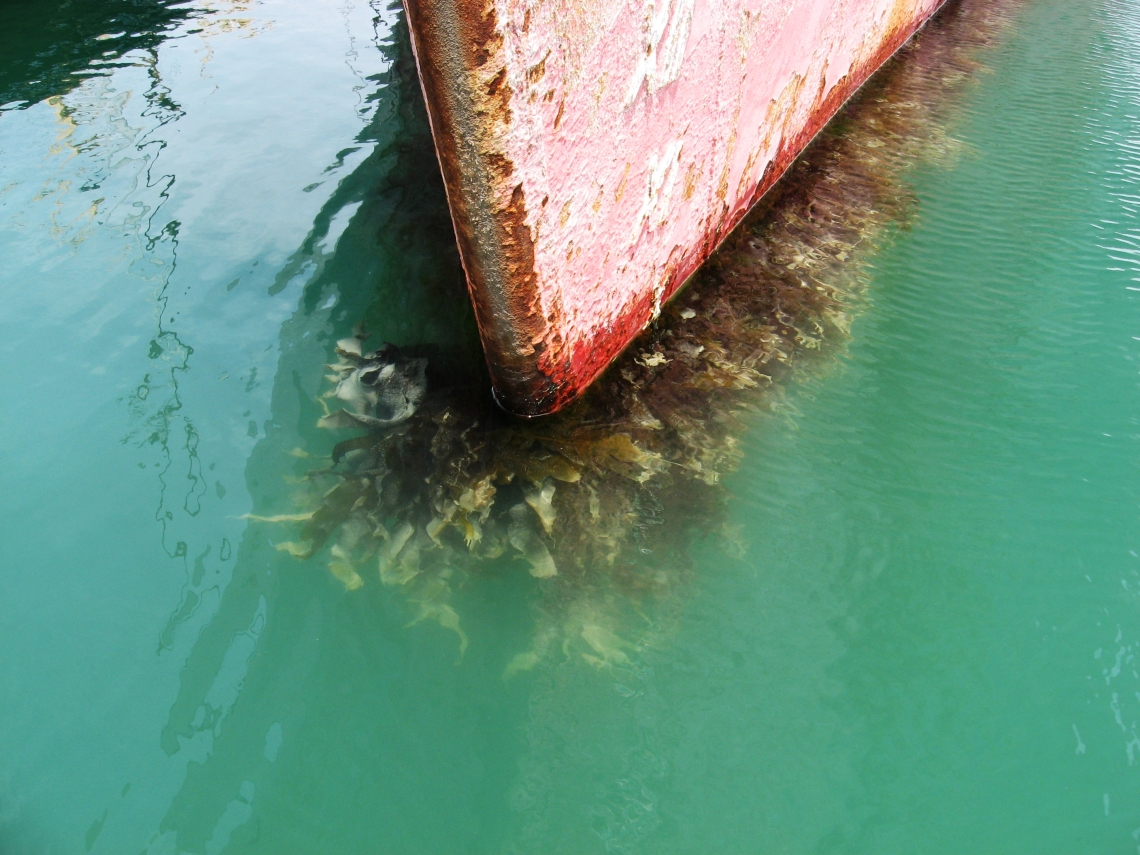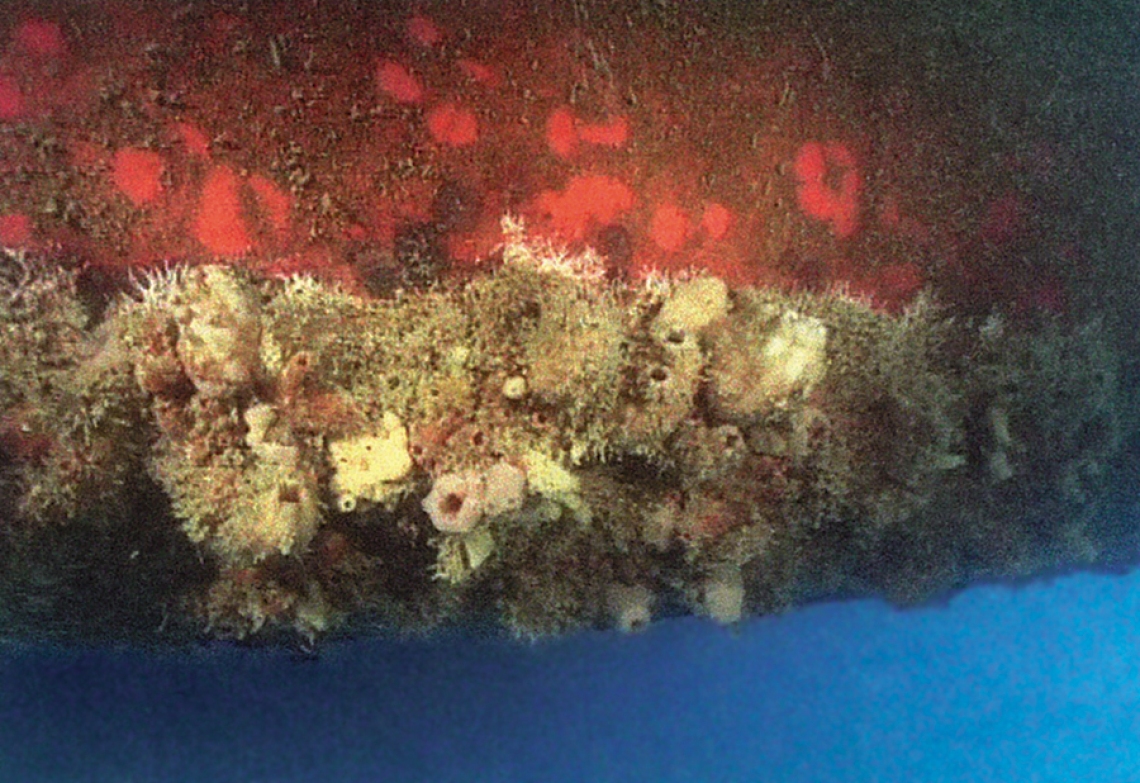NIWA is contributing to an international effort to help developing countries reduce the impact of biofouling on aquatic-based industries and environments.
Biofouling is the build-up of aquatic organisms on underwater surfaces of marine infrastructure such as ships, platforms and aquaculture installations.
It is responsible for introducing potentially invasive aquatic species to new environments and once established in a new ecosystem, they are extremely difficult, if not impossible, to eradicate.
For centuries biofouling has added significant costs to the shipping industry.
NIWA Programme Leader - Marine Biosecurity, Graeme Inglis, based in Christchurch, said growth of biofouling on vessel hulls can increase fuel consumption by ~40% and as a consequence can increase total voyage costs by up to 70%.
“Shipping companies have invested significantly in the management of biofouling. For example, the global market for antifouling paint coatings for ships was projected to grow to US$7.1 b by 2026.”
Improved techniques for monitoring biofouling and assessing the performance of antifoulants (for example, using remotely operated vehicles and machine learning instead of divers) are important both for industry bottom lines and indigenous biodiversity protection.
NIWA is working with the International Maritime Organisation (IMO) GloFouling Partnerships Project to develop an economic assessment guide to determine the benefits of introducing a biofouling policy in 12 developing countries.
Those countries include Tonga, Fiji, Philippines, Indonesia, Madagascar, Mauritius, Mexico, Jordan, Brazil, Peru, Ecuador and Mexico.
GloFouling Project Technical Analyst John Alonso, based in London, said the guide developed in partnership with NIWA will help each country deliver an economic analysis to understand the potential benefits of a policy to prevent or manage invasive aquatic species introduced by biofouling.
“These will be the first countries to use the guide. Their feedback will be incorporated into the final version which we can then offer to other countries to use.
“We hope the data from each of the 12 partner countries will demonstrate how a bit of investment can reduce long term costs inflicted by biofouling.”
Graeme Inglis along with NIWA researchers Paula Holland and Yvonne Matthews are reviewing the draft guide and supporting its revision so countries can test it to determine the benefits of introducing a biofouling policy.
Work on the economic assessment project started in late 2021 and is expected to be completed by participating countries in mid-2023.
The partner countries met in April 2022 to discuss progress and the IMO has planned a research and development conference, to discuss latest technology to limit biofouling, in London, from 11 to 14 October 2022.



